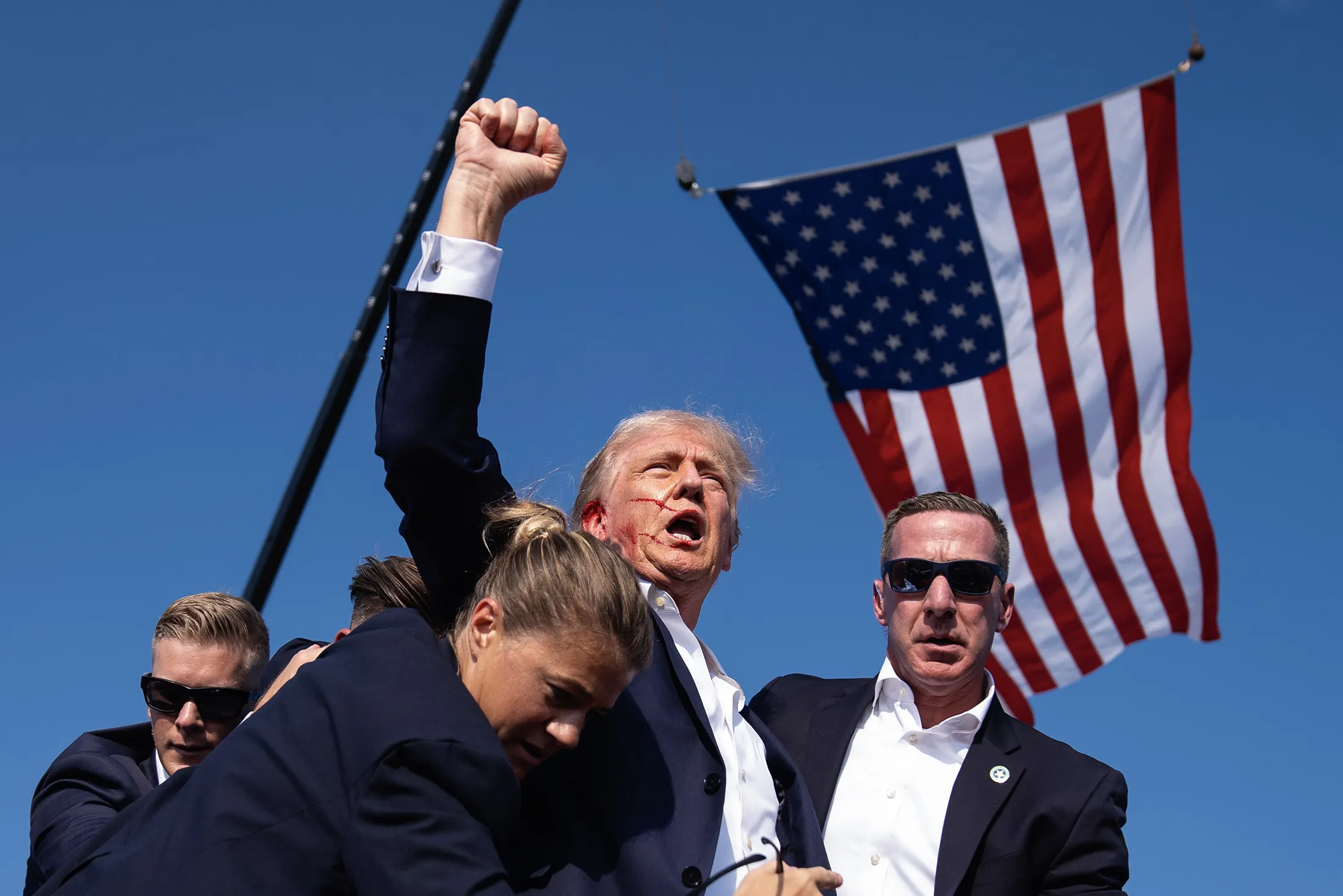October 21, 2024
A new report from the House Task Force investigating an assassination attempt on former president Donald Trump at a rally in Butler, Pennsylvania, indicates the shooting incident that occurred on July 13 could have been prevented with proper planning and coordination among law enforcement agencies. The report, released on Monday, emphasizes the lack of coordination between the U.S. Secret Service (USSS) and local law enforcement, and highlights serious security gaps that led to the tragic event.
Breakdown Of The Accident.
As described in the 51-page interim report, Trump, the 2024 Republican presidential candidate, was speaking to an ecstatic audience when a gunman, later identified as 20-year-old Thomas Matthew Crooks, fired from a rooftop outside the security barricade. Crooks, using a semi-automatic weapon, hit eight times, one touching Trump’s ear. One rally-goer was killed and two injured in the attack before police fatally shot Crooks. The report emphasizes that this attack was preventable and should never have occurred.
Critical Failures in Communication and Planning
The House Task Force’s investigation identified several shortcomings in the Secret Service and the coordination with city and state law enforcement. The report noted that the USSS did not provide clear instructions to local authorities on managing security outside their hard perimeter, and there was no central meeting between the Secret Service and law enforcement teams the morning of the rally.
Among key highlights in the report, Crooks had been on the observed by local police at least 40 minutes before his actions were reported to the Secret Service Command Post. Three local officers had independently identified Crooks’ suspicious behavior but struggled to communicate with their counterparts at the federal level due to the lack of a unified command structure.
Sequence of Events.
The officers first caught Crooks at around 5pm according to the report. ET — weeks before the shooting. Police noticed the suspicious appearance, behavior and location of Crooks on the roof, but they couldn’t identify him or track his whereabouts until 5:38 p.m. when they had reported him to the Secret Service.
A particularly jarring moment in the report involved testimony from a Butler Township police officer who witnessed a colleague fall from the roof, shouting, “There’s an AR! A guy with an AR!” moments before Crooks opened fire. Unfortunately, the task force found no evidence to suggest that this critical warning reached Trump’s Secret Service detail before the shots were fired.
Shooter’s Background and Last Moments
Thomas Matthew Crooks was described as a troubled 20-year-old with no prior history of violence but a fascination with firearms. The case revealed that Crooks had practiced at a local shooting range and that at the time of the autopsy his blood contained antimony, selenium and lead. It was also determined in the autopsy that Crooks had been fatally shot once in the head – though it’s uncertain whether that was a Secret Service counter-sniper shot or a local SWAT sniper.
The report mentioned conflicting statements, one officer from the Butler County Emergency Services United (ESU) reporting that he fired the fatal bullet. The misunderstanding is no excuse for refuting the Secret Service’s claim that one of its snipers killed Crooks.
Secret Service Surveillance and the Function of the Secret Service
The report highlights a series of failures that ultimately led to the shooting. Two separate command centers had been set up for the event—one by the Secret Service and another by local law enforcement. Testimonies indicate that local law enforcement officers, including those from the Butler Police Department, were not invited to the Secret Service’s command center, severely hampering coordination.
Butler ESU Commander Edward Lenz testified that one of his snipers advised a Secret Service agent to pick up a communication device from their command center to facilitate better communication between local and federal units, but the device was never retrieved. This breakdown in communication left local law enforcement in the dark about the Secret Service’s security plans for the rally.
Final Results
Although this preliminary report provides important facts on the shooting on July 13, the House Task Force emphasized that it is still investigating. The final report is due in December of 2024 and will presumably contain additional recommendations for how we can avoid such disasters from occurring again.
The task force has also said it will review an assassination attempt against Trump at his West Palm Beach Golf Course in Florida just two months after the Pennsylvania attack.
Meanwhile, reports from the shooting of 13 July make one wonder how federal and local law enforcement are working together in a moment of high-profile drama, particularly involving political figures. Democrats and Republicans alike have lamented the security failings in the report and demanded that it be immediately corrected to avoid tragedies in the future.
As the 2024 presidential election nears, the safety of candidates on the campaign trail has become a pressing issue, and the lessons learned from this tragic event are likely to shape security measures in the months to come.



